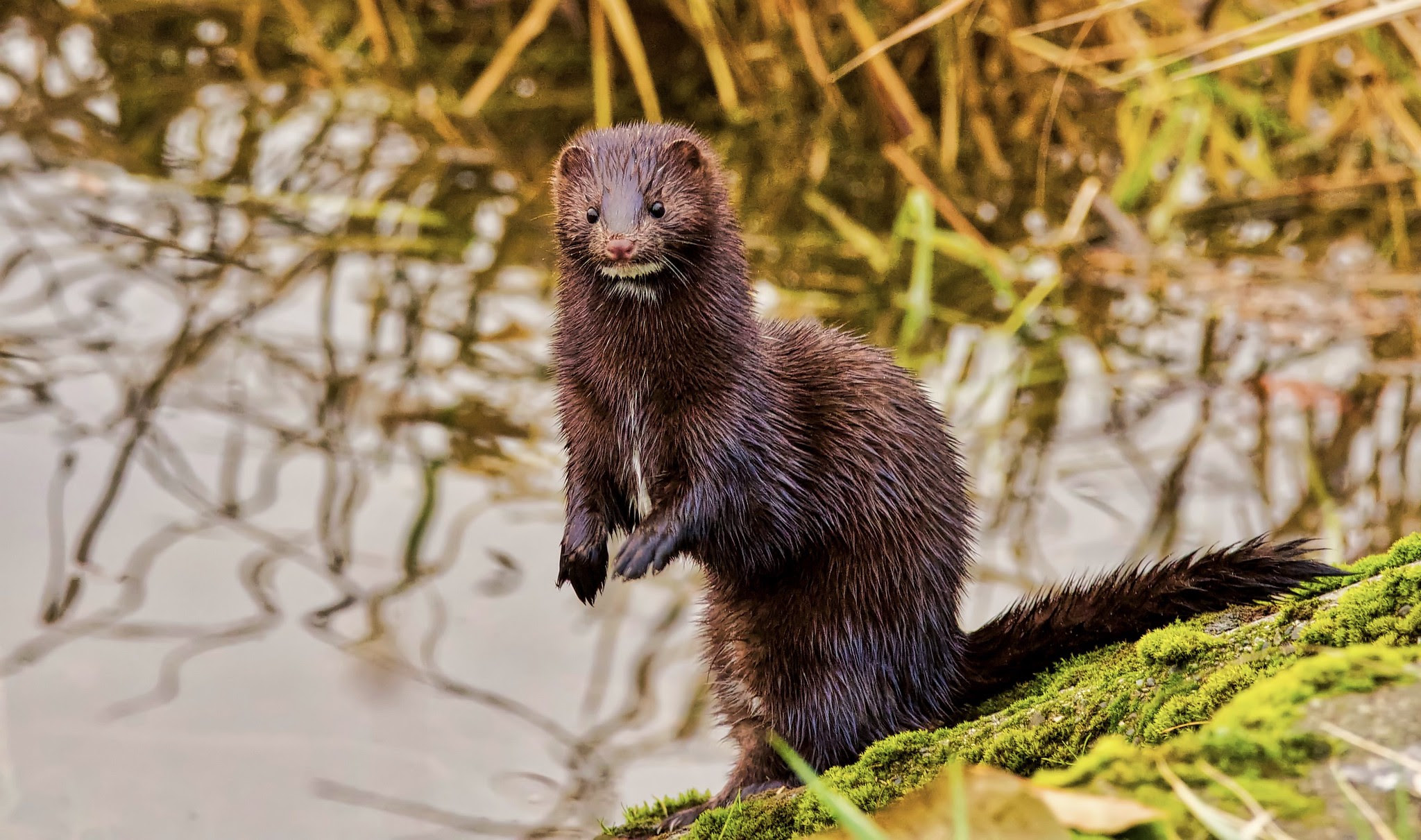
LOCAL
Mink farmers in Minnesota and Wisconsin are advised to watch out for COVID-19 spread
Mink farmers and their communities in Minnesota are alerted to keep away from the farming facilities if they’re infected with COVID-19 and are within the infectious period. The first case of U.S. farmed mink was reported from Utah in August 2020, which triggered a national investigation involving wildlife and human health experts across the country. The mink farm outbreaks in Wisconsin reported were assumed to be followed by community infection of COVID-19. Wisconsin is the largest mink producer in the US and produced 1.02 million pelts, which is 38% of the 2.7 million pelts produced by the US in 2019. Minnesota, Utah, and Michigan are among 22 states that are raising minks for fur.
The outbreak reported from Wisconsin in early February of 2021 reported mortality or sacrifice of over 5,500 mink. The clinical signs in mink included loss of appetite, coughing, sneezing, lethargy, labored breathing, and mortality; comparable to symptoms experienced by humans. While other mink fur-producing countries such as Denmark took extreme measures of mass culling of their mink, the decision was not made by Wisconsin and U.S. authorities yet to take such actions.
COVID-19 has exhibited the typical characteristic of zoonosis where the infection was transmitted between susceptible human and animal populations. The concern that COVID-19 variant in mink can be transmitted back to humans, i.e. reverse zoonosis, has indicated an urgency for further research. Veterinary pharmaceutical companies are developing vaccines against COVID-19 for mink and USDA is accepting the permit applications to evaluate these products. A silver lining to the mink farm outbreaks is that Wisconsin and several other states are considering mink farm workers to be included in the next phase of the vaccine rollout, citing the need to avoid the potential dangers of the mutations and avoiding economic losses.
NATIONAL
COVID-19 vaccine roll-out, vaccine breakthroughs, and watch for the circulating variants
The vaccine rollout strategy is discussed as a potential success story of the U.S’s pandemic response. Despite severe weather, transportation delays, and concerns on health disparities; over 75 million doses were distributed across the country of which 64.2 million were administered; as of February 22nd, 2021. The maintenance of supply-demand balance, mass production, and emergency use authorization of other vaccine candidates has been discussed widely. Vaccines are distributed in phases where phase 1a includes healthcare workers and elderly care home residents, phase 1b includes non-healthcare frontline essential workers and people 75+, and phase 1c targeting people aged 65 – 74 years and other essential workers. The definitions of essential-workers vary by state. Age, race, ethnicity, and underlying medical conditions were taken into consideration when defining the high-risk groups. Although studies suggest that post-infection immunity may last up to 8-months, vaccination is recommended regardless of prior infection.
While vaccination was the anticipated solution, the watch out for vaccine breakthroughs where vaccinated individuals become infected with the virus after the estimated time of 2- 3 weeks to develop the immune response is expected and observed. Clinical trials suggest that Pfizer and Moderna vaccine’s efficacy were 95% and 92%, respectively. While more data are needed, the reported vaccine breakthroughs suggests that the breakthrough cases were either mild or asymptomatic; indicating the importance of vaccination to avoid the severe disease.
Keeping an eye out for the transmissibility and the vaccine protection against emerging COVID-19 variants such as those first reported from the UK (variant B.1.1.7), South Africa (B.1.351), Brazil (P.1), and USA (CAL.20C) have added to the complexity of the pandemic response everywhere. For some of the FDA-approved vaccine candidates, the authorization of the updated versions targeting emerging variants may not require large clinical trials. Bottom line is: while the pandemic response has made good progress, the push to continue surveillance, break the chains of transmission, and prevent community transmission needs to be continued.
INTERNATIONAL
Russia reports world’s first case of human infection with H5N8 bird flu
Russia reported the first human case of avian influenza caused by strain H5N8 this week. While other strains of avian influenza, including H5N1, H7N9, and H9N2, have been known to cause zoonotic disease, this was the first human case related to the H5N8 strain. Seven workers at a poultry farm in southern Russia were infected and had ‘mild’ symptoms or were asymptomatic. Investigations are underway. No evidence of person-to-person transmission was reported and the transmission event has not developed further.
Avian influenza outbreaks due to this H5N8 strain in wild birds and poultry have been reported in Russia, Europe, China, the Middle East, and North Africa in recent months; manifesting asymptomatic, subclinical, or highly lethal disease in birds.
The consequences of bird flu outbreaks to the poultry industry are detrimental often-prompting stamping-out and imposing trade restrictions. The confirmed zoonotic tag may aggravate the need for conducting timely animal and public health surveillance as well as improving preventive policy regarding the preventive measures.
